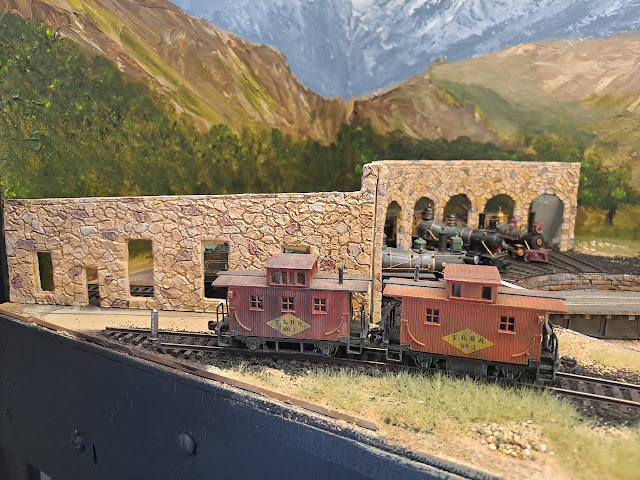When I model aircraft I typically always build them with their landing gear raised, as if in flight. The one drawback of this is that the propellers are always static in the display. When I take photos of the models I use a hair dryer to spin the props. This creates a great picture but doesn't look good displayed in a diorama.
After searching the internet for different solutions, I found someone who had created some artwork of blurred propeller discs and made them available on a modelling forum. I got a good supply of these printed on clear acetate and then attached an exacto blade to a small drawing compass to cut them out accurately.
My son and I added one to his model of a RNZAF Corsair and the results look quite good. So we've decided to add them to a Mitsuibishi Zero he had completed previously. We're also completed a Hawker Typhoon model together with one of these discs as well.
To display these models, I found artwork of relevant air combat scenes online. I usually had to clone out the main aircraft in the picture to be able to replace it with the model. I cut some 18mm boards slightly smaller than the picture and painted the back and edges black. Once this dried I glued the printed scene onto the board with Mod Podge and then trimmed the excess. Then it's a case of mounting the model to the board so it looks like it's part of the scene. These "photoboards" can hang on the wall like a picture. We've created two from the Pacific theatre, with the Corsair and the Zero. Even though they are different scenes they visually go together nicely. The Corsair flying into the scene on the left and the Zero flying out of it on the right create a nice parabola your eye naturally follows, drawing you through both dioramas. The Typhoon is sporting D-Day stripes and is displayed doing what it did best, diving in for a ground attack.















